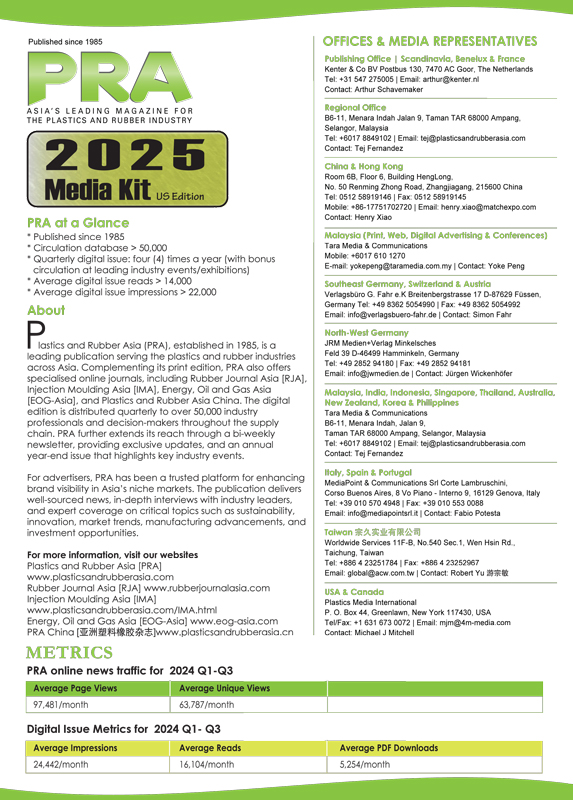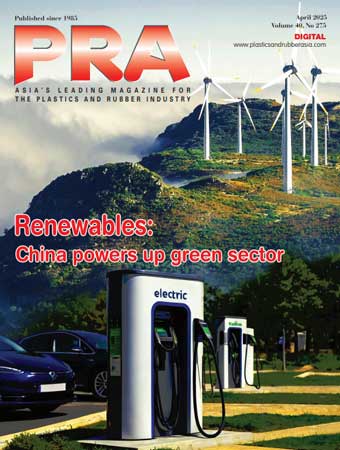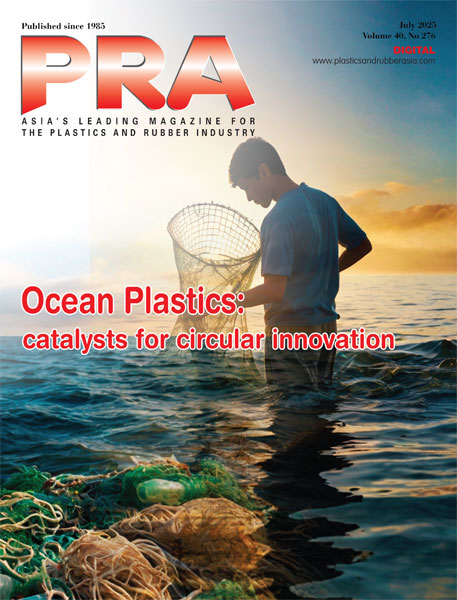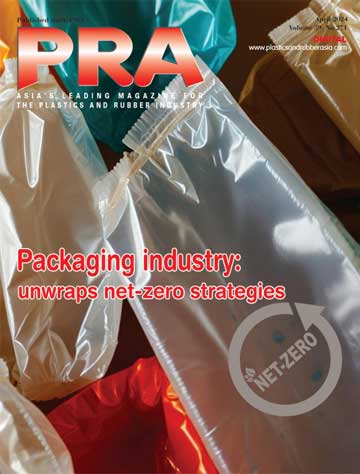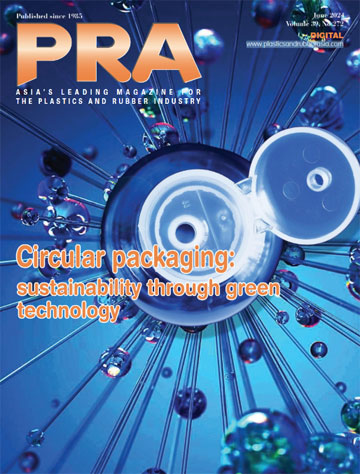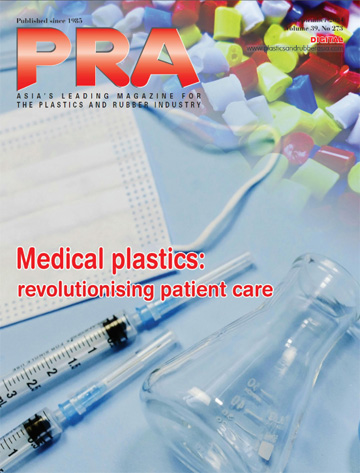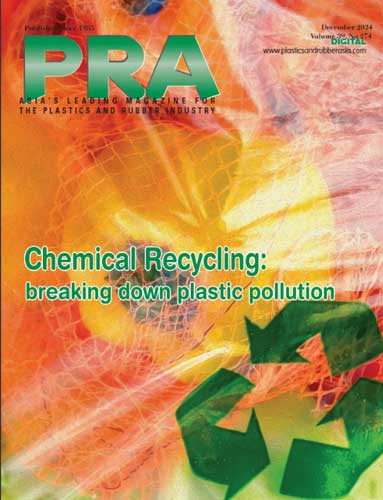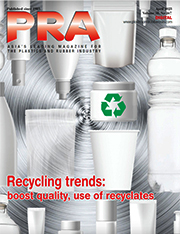Expansions: Clariant increases capacity for stabiliser with new line in China; DIC to build epoxy resins facility in Japan to cater to semiconductor demand
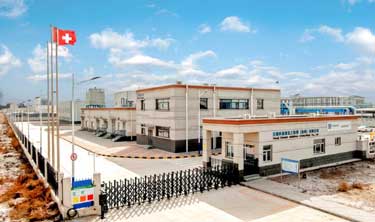
To meet escalating demand in Asia and globally, Swiss chemical firm Clariant has unveiled significant advancements in its stabiliser portfolio, combining expanded production capacity in China with applications that enhance performance in artificial turf applications and medical sectors.
Clariant's joint venture with Beijing Tiangang Auxiliary Co has successfully finished chemical commissioning of second S-EED production line at its Cangzhou facility in China. The new line will primarily manufacture Nylostab S-EED, a multi-functional stabiliser.
The upstream Chinese nylon industry's rapid expansion has been a key driver behind the increased demand for high-end additives like Nylostab S-EED. The new production capacity will enable Clariant to better serve customers in both the textile and engineering plastics industries throughout China and the broader Asian market.
Nylostab S-EED has recently found significant success in a new application area: artificial turf for sports fields. The stabiliser provides protection against light, heat, and oxidation, addressing challenges faced by manufacturers and end-users of nylon artificial turf systems. By enhancing durability and color retention under intensive UV exposure and frequent cleaning schedules, Nylostab S-EED significantly extends the longevity of polyamide artificial turf installations, adds Clariant.
Nylostab S-EED has been designed via molecular recognition method, showing outstanding solubility in nylon. Via strong affinity with polyamide chains, it shows strong resilience, allowing superior durability.
Complementing its advancements in polymer stabilisation, Clariant also introduces AddWorks LXR 548, a phenol-free antioxidative solution specifically designed for polyolefin plastic applications. This stabiliser effectively reduces yellowing in polyolefin parts, maintaining colour stability even after gamma radiation and thermal treatment.
"AddWorks LXR 548 addresses the critical need of removing phenolic antioxidants from sensitive applications such as medical devices and hygiene products," noted Emilie Meddah, Market Manager Additives at Clariant. "It allows superior color protection during processing, combined with exceptional stability after sterilisation treatments, making it ideal for syringes, bottles, non-woven materials, and other polyolefin plastic parts where appearance and performance are paramount."
The stabiliser's high compatibility and solubility in various polymer systems, coupled with its low extractability and low tox profile make it particularly suitable for applications with strict regulatory requirements. As demand for medical-grade plastics continues to grow globally, Clariant says AddWorks LXR 548 positions it to capture increased market share in this high-value segment.
Meanwhile, in other news, Japan’s DIC Corp is to build new epoxy resins production facility in Japan, to cater to demand in semiconductor packaging and electronics components. The facility is expected to start operations by July 2029 and increase the company’s annual production capacity for epoxy resins by 59%.
The new plant, located at its current Chiba facility in the city of Ichihara, will add on to the existing epoxy resins production facility, which does not currently have sufficient supply capacity to meet the expected increase in demand.
Accordingly, by constructing a new facility adjacent to the existing one, DIC aims to secure additional production capacity for epoxy resins over the medium to long term.
The decision to make this investment reflects the fact that the investment plan has been approved as a “plan for ensuring stable supply” by the Ministry of Economy, Trade and Industry (METI) under Japan’s Act on the Promotion of Ensuring National Security through Integrated Implementation of Economic Measures, as a result of which DIC is expected to receive a subsidy of up to 3 billion yen, it adds.
Epoxy resins are highly reactive thermosetting synthetic resins that boast mouldability, heat resistance, electrical insulating properties and adhesiveness, and which are used in a wide range of industries.
DIC began producing and selling epoxy resins in 1968 and has since provided products to customers in the electronics industry by leveraging its polymer design–based development configuration, which encompasses everything from the raw materials through to finished products as well as its mass-production capabilities cultivated over many years in business.
The company claims its epoxy resins have become indispensable to the fabrication of semiconductors that impart the excellent heat resistance, improved dimensional stability and reduced transmission loss necessary to accommodate increasingly high-speed, high-capacity communications technologies. With demand for semiconductors expanding, ensuring a stable supply of these resins is now of importance, DIC adds.
Subscribe to Get the Latest Updates from IMA Please click here
©2025 Injection Moulding Asia. All rights reserved.
